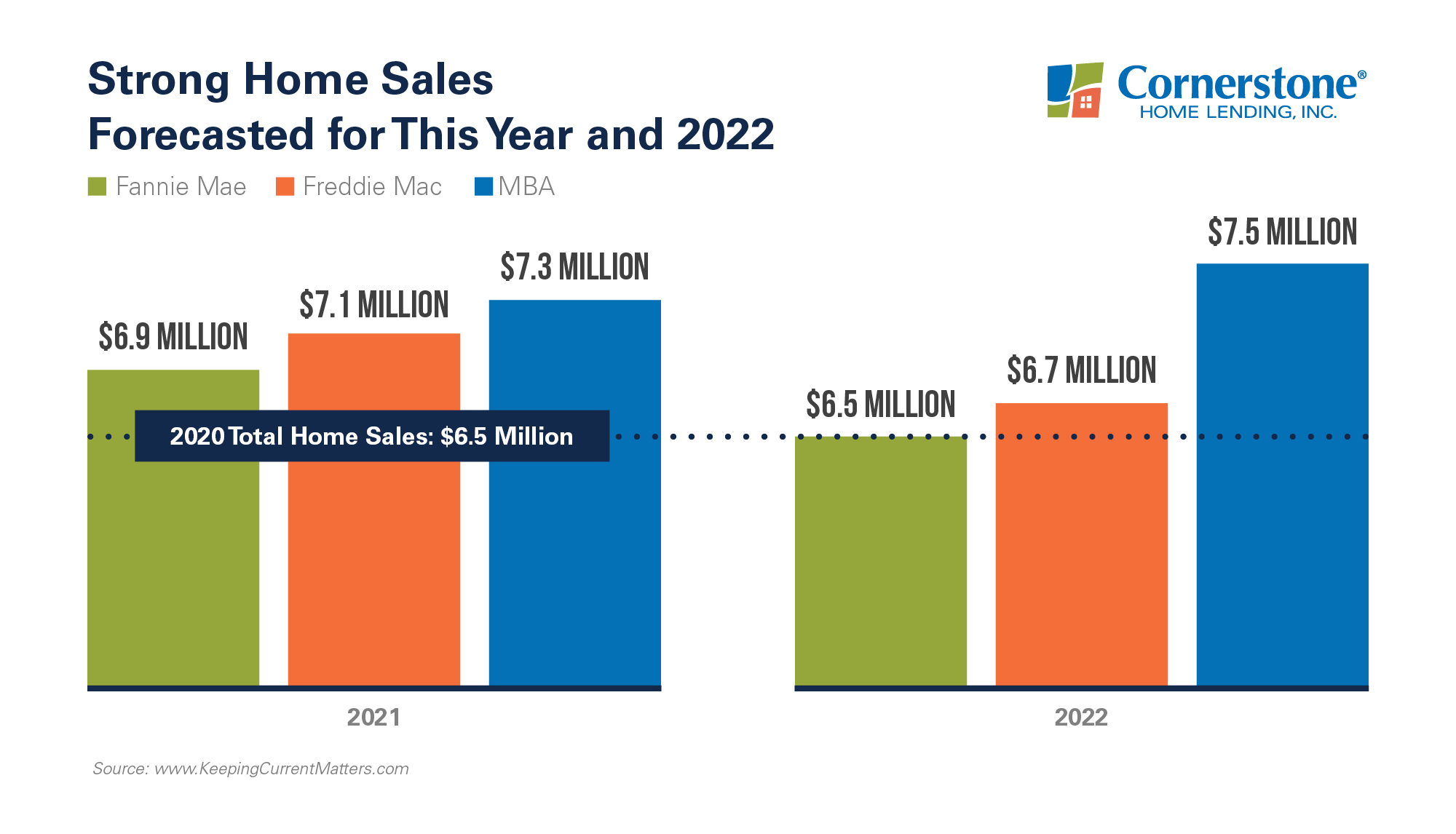
Currently, the rental market is seeing some of the lowest vacancy rates in the last decade. Multifamily rentals were built to help absorb the need for housing, but they too filled up fast. On an annual basis, that is 14 million fewer homes per year, while simultaneously, a larger Millennial population was working its way through college and into the job market.Īccording to data from Trading Economics, existing home sales in 2005 were nearly 7 million per month while numbers from 2015 to 2020 averaged about 5.5 million. was building at a rate of nearly 50% of 2008, at about 1 million new homes per month. There are a lot of potential house hunters who have been living at home or renting with roommates over the last several years who are now jumping into the housing market.Īccording to Federal Reserve Economic Data, in 2006, the country was building between 1.5 to 2 million new homes each month. We’re at an impasse - like an overfilled bag bursting at the seams - where there are too many people and too few places for them to go. Although the total number of housing units has grown over the past 13 years, the average household size of 2.4 people has remained the same. In 2008, this would be equal to 2.4 people per house.


grew from approximately 130.6 million in 2008 to 140.8 million currently, but as a percentage had no growth. Generation X hasn’t been forgotten but encompasses a lower percentage as Millennials outnumber them as the fastest-growing population entering the housing market. Boomers are the second fastest-growing population in history, renting and residing in owner-occupied dwellings. Baby Boomers are also having an impact on the housing market as 10,000 Boomers turn 65 years old every day and will continue to for the remainder of the decade.


 0 kommentar(er)
0 kommentar(er)
